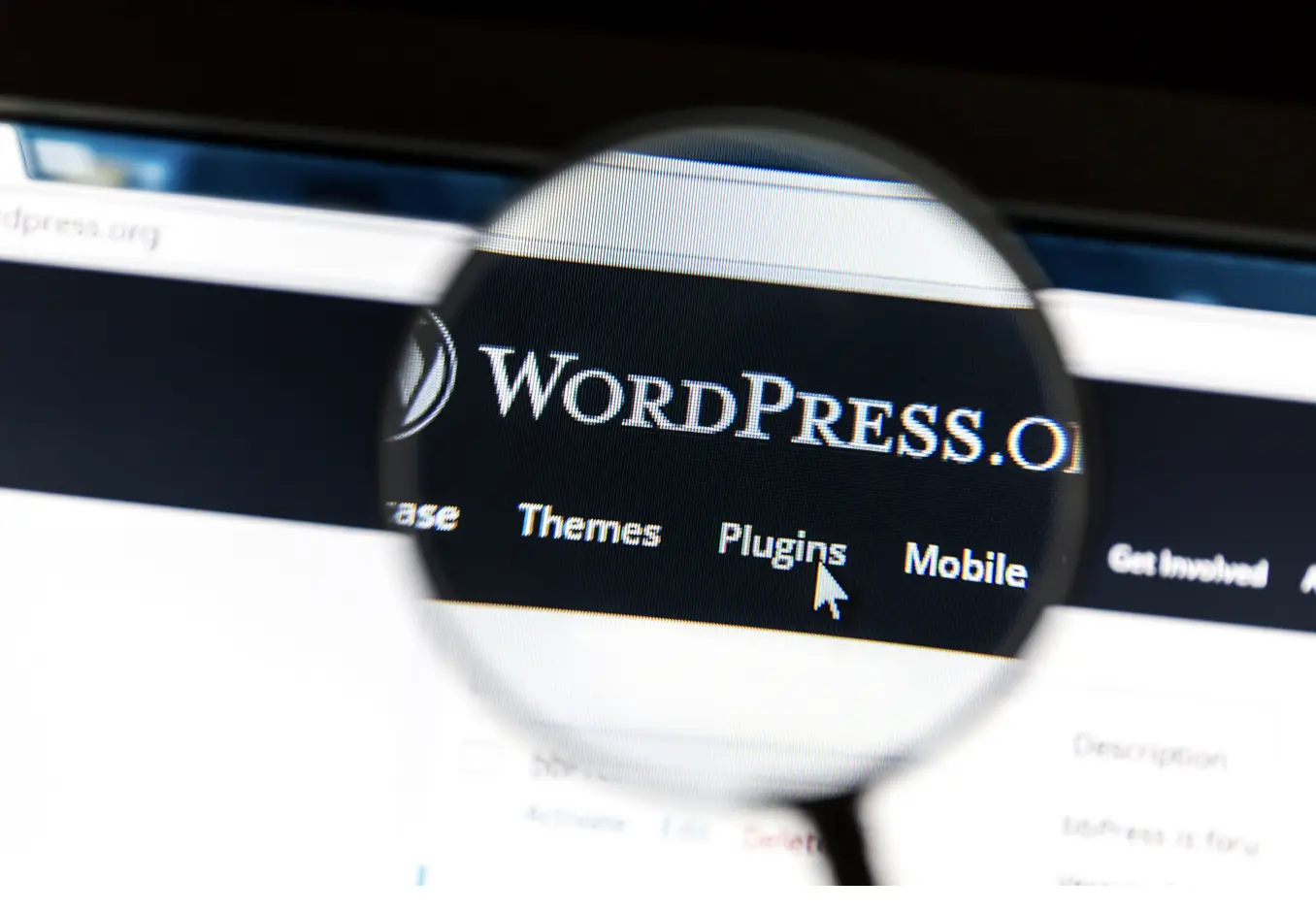When you’re building a startup website with WordPress, it’s not just about getting online; it’s about growing smart. As your business gains visitors, you need a website that keeps up. This is called scaling. Scaling WordPress websites means ensuring your site runs fast, handles more traffic, and keeps users happy. Let’s explore how you can scale your WordPress site for exponential growth.
Things to Do for Scaling WordPress Website

WordPress is an excellent platform for startups because it’s flexible and easy to use. But to grow your site correctly, you must make intelligent choices early on. Let’s discuss how to scale your WordPress startup website for long-term success.
Select the Right WordPress Hosting
Your hosting is the base of your website. When it’s slow or can’t handle many visitors, your site could crash. For steady growth, avoid shared hosting and choose scalable WordPress hosting that grows with you.
Look into cloud hosting, VPS hosting, or managed WordPress hosting. These hosting types offer better performance, higher limits, and extra features like auto-scaling, server caching, and CDN support. This means your site will stay fast even when traffic goes up.
Optimize Your Website for Speed
Speed matters. A slow site loses visitors and ranks lower on search engines. Start by using a caching plugin like LiteSpeed Cache or WP Super Cache. These tools store copies of your pages so they load faster. Also, make your images smaller, remove unused code, and use minification for CSS and JavaScript files. Additionally, adding a Content Delivery Network (CDN) helps your website load quickly for global users.
Use Scalable Plugins & Themes
Not all plugins and themes are built for speed. Some include features you don’t need, which can slow your site down. Choose lightweight, well-coded plugins that only do what you need. Also, avoid themes with too many built-in tools. Instead, use a clean theme and add only the plugins you require. This makes it easier to scale and manage your site.
Build a Solid Content Strategy
Content is key to growth. Write blog posts, guides, or tutorials that help your audience. Ensure your content is handy and includes keywords that people are searching for. This helps with SEO.
Use WordPress categories and tags to organize your posts. Add internal links between related content. You can also offer free downloads or tools in exchange for emails. These lead magnets build your email list and grow your traffic.
Strengthen Website Security
As you start scaling WordPress website, it can become a target for hackers. You need strong security. Use plugins like Wordfence to protect your site. Always use HTTPS by adding an SSL certificate. Set up daily backups so you don’t lose data if something goes wrong. Also, keep your WordPress core, plugins, and themes updated to avoid security holes.
Use Analytics & Growth Tools
To grow your site, you need to know what’s working. Use Google Analytics to see where your visitors come from, what pages they visit, and how long they stay. You can also add Google Search Console to track your website performance on search engines. Additionally, use A/B testing plugins to try different headlines, buttons, or layouts to see what gets better results.
Prepare for High-Traffic Events
Planning a product launch or sale? Don’t let your site crash. Test how your site handles heavy traffic using tools like Load Impact. This helps you find weak spots before real visitors arrive.
Use a staging site to make updates safely before pushing changes live. Ensure your hosting can handle the extra load when needed – some hosts let you temporarily scale up resources.
Upgrade Your Database & Code Efficiency
As your site gets larger, your WordPress database can get messy. Use plugins like WP-Optimize to clean up spam comments, old drafts, and unused data. If you use custom code, work with a developer to ensure it’s clean and fast. Better code and a clean database help your site run smoothly, even with more traffic.
Set up a Professional Email Address
Using a professional email like yourname@yourdomain.com makes your startup look more reliable. Avoid using free emails like Gmail or Yahoo for business. A custom email shows you’re serious and builds trust with customers.
Many hosting providers offer free or low-cost email accounts with your domain. You can connect your email to services like Google Workspace or Zoho Mail for better features like spam filters, calendar tools, and mobile access. A clean, branded email also helps your emails avoid spam folders.
Build a Scalable Marketing Funnel
A marketing funnel turns visitors into leads and leads into customers. Start by collecting emails with forms or pop-ups. To do this, you can use tools like MailChimp or Kit (formerly ConvertKit) to send newsletters.
Connect your WordPress site with a CRM to track leads. Promote your site through SEO, social media, and paid ads. As your audience grows, you can automate your marketing and save time.
Focus on Mobile & User Experience (UX)
Many users browse on mobile phones. Your site needs to work well on all devices. Select a responsive theme and test your site on phones, tablets, and desktops. Ensure menus are easy to use, buttons are big enough to tap, and pages are simple to read. A good user experience keeps people on your site longer and helps them trust your brand.
Conclusion
Scaling WordPress website isn’t just about traffic; it’s about preparing for growth in an intelligent, stable manner. Choose the right hosting, keep your site fast and safe, create great content, and use tools that help you grow. Start early with the correct setup, and you’ll be ready for more visitors, more leads, and more success.